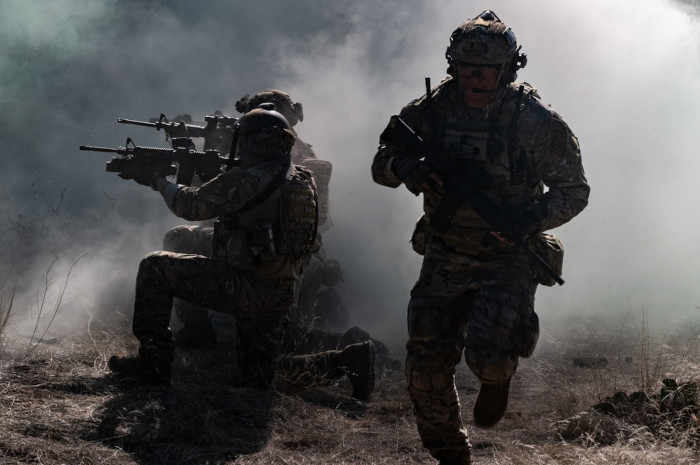Special Operations Forces exposed to repeated blast injury during training and combat develop altered brain structure and function and lower quality of life.
United States Special Operations Forces (SOF) personnel are frequently exposed to blast overpressure (BOP) during combat and training, putting them at risk for brain injury and a lower quality of life; however, no diagnostic test exists to identify brain injury specific to blast exposure.
A multimodal study was recently conducted to identify diagnostic biomarkers of brain injury associated with repeated blast exposure (RBE) from 30 active-duty United States SOF personnel from Operation Enduring Freedom, Iraqi Freedom, New Dawn, and Inherent Resolve. Parameters assessed, from personnel with extensive combat experience and blast exposure, included cognitive performance, psychological health conditions, physical symptoms, neuroimaging, blood proteomics (adjusting for age), combat experience, and blunt head trauma. Researchers found that higher blast exposure was associated with alterations in brain function, lower quality of life, and structural brain changes, i.e., increased cortical thickness in the left rostral anterior cingulate cortex (rACC).
SOF personnel experience ongoing occupational exposures to blast events that may cause alterations in the rACC, as well as a decrease in health-related quality of life. Without a diagnostic test to identify these changes, SOF personnel lack the required data to guide an understanding regarding periods of vulnerability for the brain when engaged in activities leading to RBE.

Gilmore, N., Tseng, C.J., Maffei, C., Tromly, S.L., Deary, K.B., McKinney, I.R., Kelemen, J.N., Healy, B.C., Hu, C.G., Ramos-Llordén, G., Masood, M., Cali, R.J., Guo, J., Belanger, H.G., Yao, E.F., Baxter, T., Fischl, B., Foulkes, A.S., Polimeni, J.R., Rosen, B.R., Perl, D.P., Hooker, J.M., Zürcher, N.R., Huang, S.Y., Kimberly, W.T., Greve, D.N., Mac Donald, C.L, Dams-O'Connor, K., Bodien, Y.G & Edlow, B.L. (2024) Impact of repeated blast exposure on active-duty United States Special Operations Forces. Proc Natl Acad Sci U S A. 121(19): e2313568121.
This study was funded by the US Department of Defense (USSOCOM).
Your 15 minute session will timeout in approximately 10 minutes.
If you're in the middle of entering information, please close this warning and save your progress (if possible) or finish up your task.
If your session fully times out, you will lose any un-saved work.
Your current Blast Injury Research Program session has expired.
Your next click will take you away from the private area, and you will lose any work you have in-progress.
Please enter your email address, and try again.